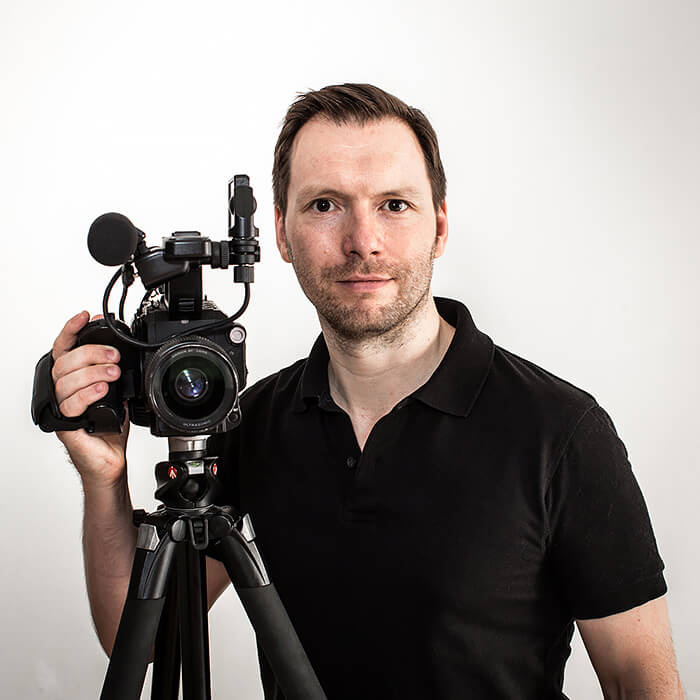Sean Gallagher is a British photographer and filmmaker, who has been in Asia for over 15 years.
Based out of Beijing, China, he specialises in covering issues surrounding the climate crisis and other global environmental issues for some of the world's leading news outlets.
He creates innovative photographic, video and multimedia projects that highlight individual's stories from communities that are affected by issues such as climate change, biodiversity loss, pollution, desertification and deforestation.
He is a 8-time recipient of the Pulitzer Center on Crisis Reporting travel grant, his images are represented by the National Geographic Image Collection and he is a Fellow of the UK Royal Geographical Society.
He graduated in Zoology from university in the United Kingdom and it is his background in science that has led to much of his work being focused on communicating environmental issues through visual storytelling.
His selected awards include; Environmental Photographer of the Year - Changing Environments Prize (2019), Resilience Science Journalism Fellow - Craig Newmark Graduate School of Journalism at City University New York (2019), Woods Hole Oceanographic Institute Science Journalism Fellow (2017), Environmental Film of the Year - Winner - 'The Toxic Price of Leather', Environmental Photographer of the Year Competition (2014), Published 'Meltdown', a multimedia eBook documenting China's environmental crises in the early 21st Century (2013).
Photography and Climate Change Awareness